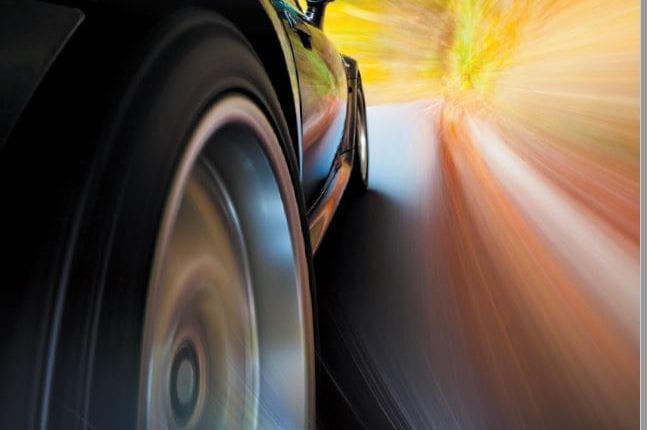[vc_row full_width=”stretch_row” css=”.vc_custom_1596124948550{background-color: #f1f1f1 !important;}”][vc_column width=”1/2″]
What happens if I need to use my spare tyre?
My car doesn’t have a spare tyre, what happens if I get a puncture?
Do tyre valves need to be replaced?
Can my car tyre be repaired?
Repairs to car tyres must only be carried out by a tyre specialist and in accordance with the current British Standard AU159. Permanent repairs can only be carried out following removal of the tyre from the wheel to allow a thorough inspection internally as well as externally to ensure there is no hidden damage which could result in a catastrophic failure.
[/vc_column_text][/vc_column][/vc_row][vc_row full_width=”stretch_row” css=”.vc_custom_1613495369299{border-bottom-width: 1px !important;padding-top: 20px !important;padding-bottom: 20px !important;border-bottom-color: #ededed !important;border-bottom-style: solid !important;border-radius: 1px !important;}”][vc_column width=”1/2″]
Can I repair my tyre myself with a liquid sealant or a plug?
The rims on my car are modified, what does this mean for my tyres?
Tyres should not be used on damaged, distorted or modified rims. This could result in tyre damage, deflation and possible loss of control of the vehicle.
[/vc_column_text][/vc_column][vc_column width=”1/2″]
What if there is damage to my wheel?
It is essential that rim and tyre sizes are matched in accordance with the tyre manufacturer’s recommendations and that the assembly is an approved fitment for the vehicle concerned.
[/vc_column_text]

